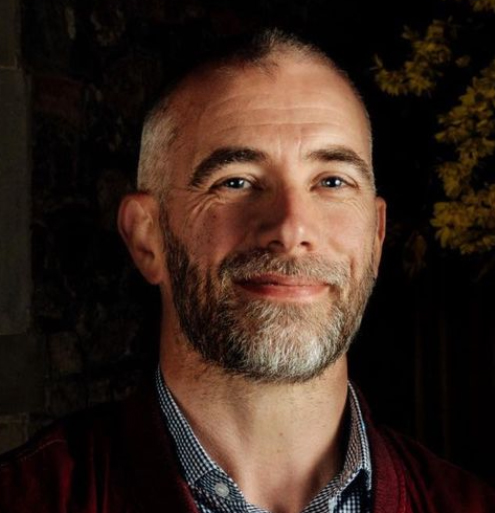Dendrophone | Peter Batchelor
📷 Photos and videos by Shuoyang Zheng
🔥 Dendrophone can be enjoyed on-site at the Alice Holt forest until August 2025. It works 11.00-17.00 (London time). Don’t miss it! 🔥
Dendrophone is a sound installation that transforms invisible environmental data into an immersive listening experience. By converting often invisible environmental processes into sound, it reveals the hidden dynamics of the forest. The installation is designed to blend with the natural sounds of the forest, inviting listeners to experience these in a new way.
As you listen, you’ll hear shifting sound textures that respond to the forest’s changing conditions:
-
Humidity: This represents how ‘dry’ or ‘wet’ the forest feels. You might hear dry sounds like crackling wood or chirping insects, or wet sounds like flowing water or rain. Humidity matters because it helps trees take in water, keeps plants from drying out, and provides the damp conditions that fungi and many forest creatures need to survive.
-
Sunlight energy: This tells us how much sunlight the forest is using. You’ll hear hissing sounds—juddery ones when the forest is busy using sunlight, and smoother ones when it’s calmer. Sunlight is the forest’s power source. Trees use it to grow, and the energy they create supports the entire forest ecosystem. In winter, when trees lose their leaves, the sunlight warms the ground instead, and the sound changes to show that.
-
Carbon dioxide levels: The forest absorbs carbon dioxide, much like how we take in oxygen when we breathe. Trees use carbon dioxide during photosynthesis to create energy, playing a crucial role in regulating the atmosphere. The way it does this changes throughout the day and across the seasons. If you hear long, steady breathing, the trees are taking in a lot of carbon dioxide; if you hear shorter, uneven breathing, they are absorbing less.
By making these hidden processes audible, Dendrophone is designed to encourage a deeper connection with nature, inviting visitors to tune into the rhythms of the forest in a new way. The installation is powered by DIY principles, with every element – from the sound design to the technical setup – crafted to be accessible and easy to replicate, while being self-sustaining. For those unable to visit in person, live online streams make it possible to hear the forest’s changing sounds from anywhere in the world.
Sound recordings
🔥 After one year of streaming and recording (August 2024 - August 2025), the streamers stopped their mission on 26 August 2025. You can now enjoy the sound recordings on Freesound.
As part of StF, we have developed two DIY, solar-powered, off-grid audio streamer led by Luigi Marino, which are installed in Alice Holt Forest. These streamers act as listening and recording stations, capturing the sounds of the forest. Because they are placed in public outdoor spaces, occasional human voices may be recorded.
One of the streamers is next to Dendrophone. The recordings are captured at least four times a day, timed to solar events (sunrise, solar noon, sunset, and the midpoint between sunset and sunrise). These recordings are made directly from the installation’s multichannel output and capture both its generative soundscape and the ambient natural environment. We are building an ongoing dataset from these recordings on Freesound.org. We hope these recordings will also be valuable resources for the Freesound community.
You can enjoy the recordings here:
🔥 5-minute audio recordings streamer II (sound installation).
Listen to/Download Pack: installation-soundscape-dataset on Freesound. 🔥
Video snippets from the opening

Peter Batchelor is a Senior Lecturer and Programme Leader in Music Technology, and member of the Music, Technology and Innovation - Institute of Sonic Creativity (MTI2) at De Montfort University, Leicester and Co-Investigator of the Sensing the Forest Project. His creative activities encompass a range of electroacoustic composition and sound-making work, including radiophonic documentary, live-electronics and improvisation, multimedia and large-scale multi-channel installation work. Research interests that arise from this practice include: aural landscape construction in sonic arts practice; sound spatialisation/immersion; theories of space; place and listening as they pertain to sound; audience engagement and public art.
👉 Tell us what you think here.
